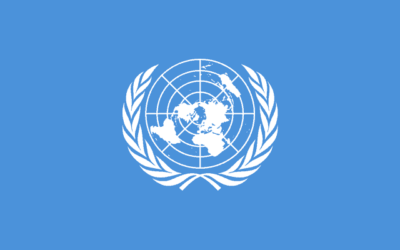State remedy includes judicial and non-judicial mechanisms overseen or facilitated by government bodies and/or court systems. The form of remedy depends on the wrong committed and the liability which arises. Certain wrongs can give rise to criminal liability, certain wrongs can give rise to civil liability, and other wrongs can give rise to both forms of liability; it depends on the jurisdiction in question. Put simply, the difference between the criminal remedies or sanctions and civil remedies is that “criminal law is meant to punish, while the civil law is meant to compensate.”
Judicial mechanisms include local and national courts. Non-judicial mechanisms may include OECD National Contact Points, ombudsman offices, and national human rights institutions (particularly if they can receive complaints).
Civil remedies are designed primarily to make victims whole, or put them back in the position they would have been in but for the wrong that injured them. Only a victim, or in some cases those close to the victim, can bring a civil law action against those who caused the wrong. Civil remedies often take the form of financial or non-financial compensation but can also include, for example, apologies, restitution, as well as the prevention of harm through, for example, injunctions or guarantees of non-repetition.
A criminal remedy or sanction is pursued by the State, with or without the involvement of the victim. Criminal remedies or sanctions against an individual person or legal entity (i.e. a business) can take a range of forms depending on the jurisdiction, which can include imprisonment, house arrest, community supervision, fines, restitution, and community service.
Text adapted from the Danish Institute for Human Rights Global NAPs website. To learn more, see the Business & Human Rights Resource Centre portal on Corporate Legal Accountability.










